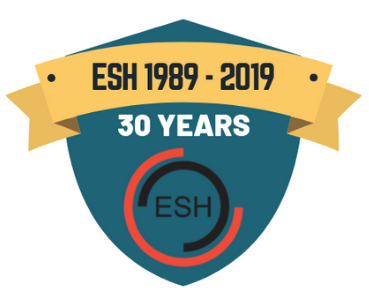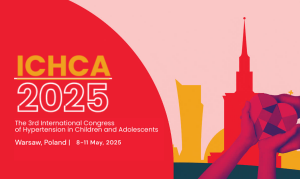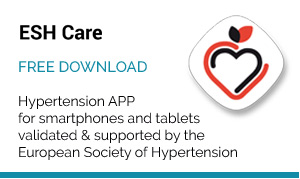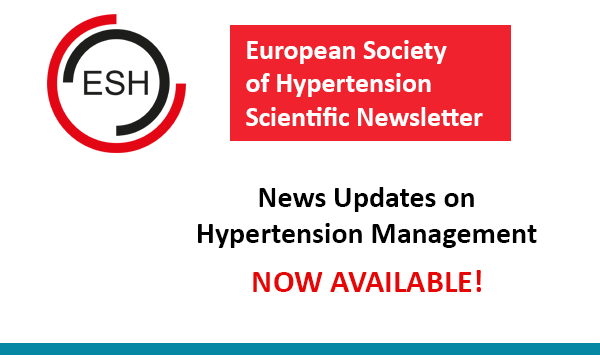Hypertension 2008
Intensive Lowering of BP and Blood Glucose: An ADVANCE or not?
Based on new data from the largest clinical trial ever conducted in the management of diabetes mellitus, intensive blood pressure (BP) control was associated with superior renal outcomes and intensive glucose lowering was safe and also superior to standard glucose control.
The ADVANCE results, published September 2007, indicated that lowering BP – even in those considered to have “normal” on-treatment blood pressure – reduces mortality and is highly beneficial in adults with type 2 diabetes.(1) Intensive BP lowering was accomplished using a fixed combination of the ACE inhibitor perindopril and the diuretic indapamide in a single tablet. Compared to standard therapy plus placebo, the addition of perindopril/indapamide reduced the risk of all major diabetes-related complications, including all-cause and cardiovascular mortality, major macro- and microvascular events, and the development of coronary heart disease and renal disease. These benefits were evident regardless of hypertensive status and concomitant treatment with other antihypertensive, lipid-lowering, or antiplatelet therapies.
t Hypertension 2008, Emeritus Prof. John Chalmers, University of Sydney (Australia), presented an analysis of vascular outcomes and intensive blood glucose control for the 11,140 patients enrolled in ADVANCE, as published in the current issue of the NewEngland Journal of Medicine. (2) Routine administration of a fixed combination of perindopril/indapamide for aggressive BP lowering was associated with a number of significant, beneficial effects compared to standard therapy. Overall, after adjusting for age, sex, HbA1c, serum lipids, BMI, smoking, alcohol use, and study drug, there was a relative risk reduction in major renal outcomes during follow-up based on achieved systolic BP (per 10 mm Hg lower systolic BP; p < 0.0001 for trend). The addition of this single daily dose of an ACE inhibitor/diuretic provided benefits that extended below currently recommended target BP (to 106 mm Hg systolic).
Dr. Chalmers also presented the results of the glucose control comparison. Intensive glucose control was based on a strategy of more frequent visits, an emphasis on lifestyle management; drug titration (at physician’s discretion) based on HbA1c and FBG levels. Compared to standard therapy, this strategy led to a significant 10% relative risk reduction in the combined primary outcome (major vascular complications) (p = 0.13), mostly due to reductions in microvascular complications (relative risk reduction of 14%, p = 0.014), such as new or worsening retinopathy or nephropathy. There were no significant benefits in macrovascular disease, no excess mortality, no weight gain, and no excess of serious sequelae from hypoglycemia.
Thus, the fixed-dose aggressive glucose control achieved an HbA1c target of 6.5% using what Dr. Chalmers called a “pragmatic and flexible glucose control strategy.”
Compared to Other Studies
In considering the ADVANCE results in the context of other studies, the mortality rate favoring intensive glucose control was similar to that reported by UKPDS as opposed to the ACCORD trial (summarized elsewhere as part of this meeting coverage), which favored standard glucose control.
Another recent study (May 2008) suggested sustained beneficial effects with respect to vascular complications and mortality with intensive versus conventional therapy. (3) In the Steno-2 Study, 160 patients with type 2 diabetes and persistent microalbuminuria were randomly assigned to multiple drug combinations and behavior modification or standard therapy for 7.8 years. Patients were subsequently followed observationally for a mean of 5.5 years. After 13.3 years of follow-up, all-cause mortality was lower in the intensive-therapy group (hazard ratio of 0.54; p = 0.02).
Given the main efficacy outcomes as reported by Dr. Chalmers, is this approach an advance or not? In the June 12, 2008, issue of the New England Journal of Medicine, (4) Robert G. Dluhy, MD, and Graham T. McMahon, MD, noted that neither the ADVANCE trial nor the ACCORD trial undermines the importance of meeting the current guidelines. The lower-than-anticipated rate of cardiovascular events seen in the intensive-treatment group and the standard-treatment group in these studies was an affirmation, they said, of the success of modern therapeutics, even when incompletely implemented.
“Clinicians caring for patients with diabetes should continue to focus on smoking cessation, dietary and exercise counseling, blood-pressure control, and providing aspirin and a statin to a greater extent than achieved even in the ADVANCE and ACCORD studies,” they wrote. “For now, rather than changing our current glycemic target, we may best serve our patients with type 2 diabetes by implementing programs to help more of them reach the currently recommended goals.”
References:
- Patel A and the ADVANCE Collaborative Group. Effects of a fixed combination of perindopril and indapamide on macrovascular and microvascular outcomes in patients with type 2 diabetes mellitus (the ADVANCE trial): a randomised controlled trial. Lancet 2007;370:829-40.
- The ADVANCE Collaborative Group. Intensive blood glucose control and vascular outcomes in patients with type 2 diabetes. N Engl J Med 2008;358:2560-72.
- Gaede P, Lund-Andersen H, Parving HH, Pedersen O. Effect of a multifactorial intervention on mortality in type 2 diabetes. N Engl J Med 2008;358:580-91.
- Dluhy RG, McMahon GT. Intensive Glycemic Control in the ACCORD and ADVANCE Trials. N Engl J Med 2008;358:2630-33.






